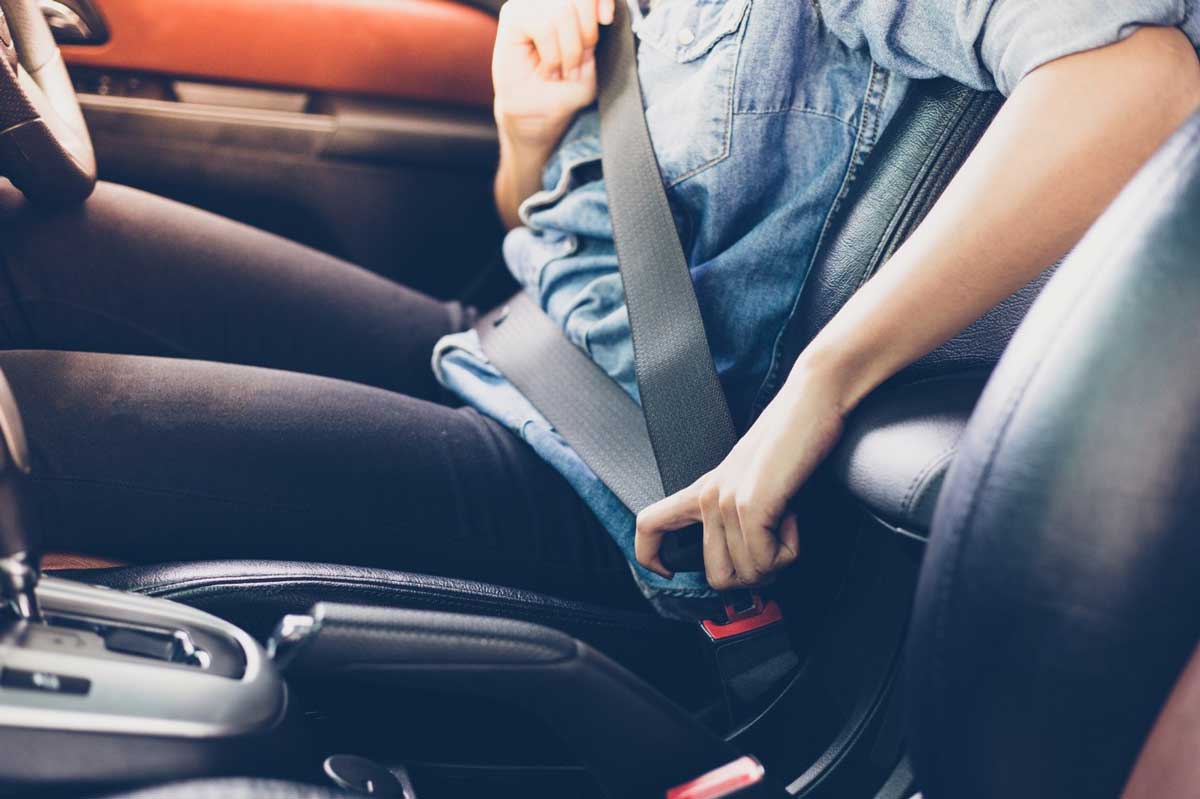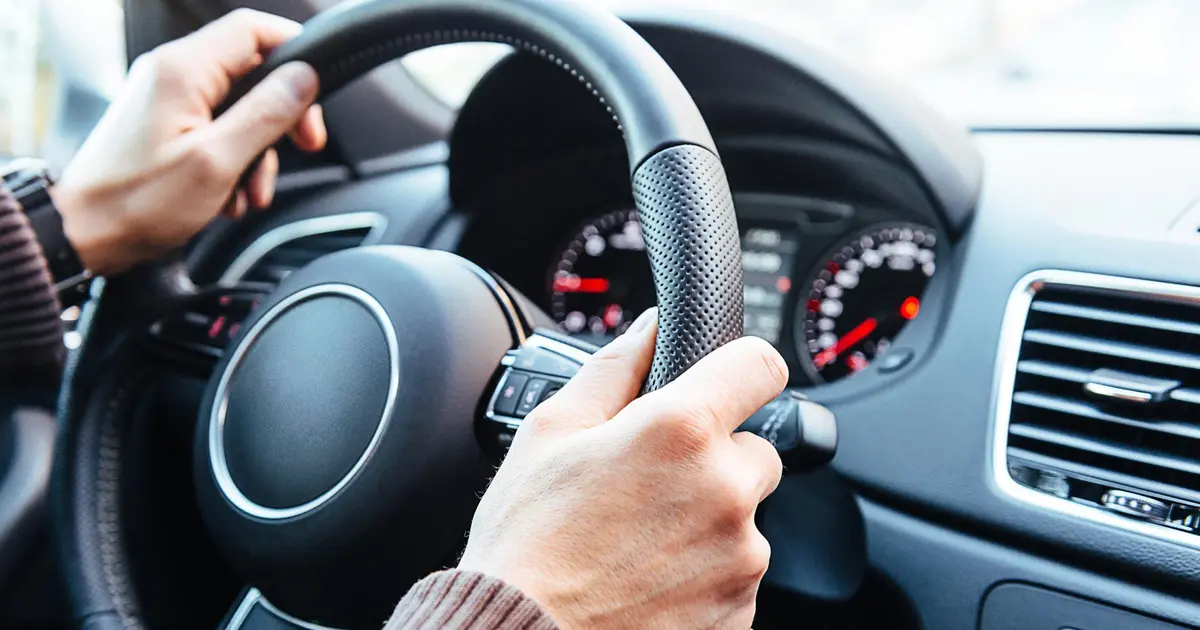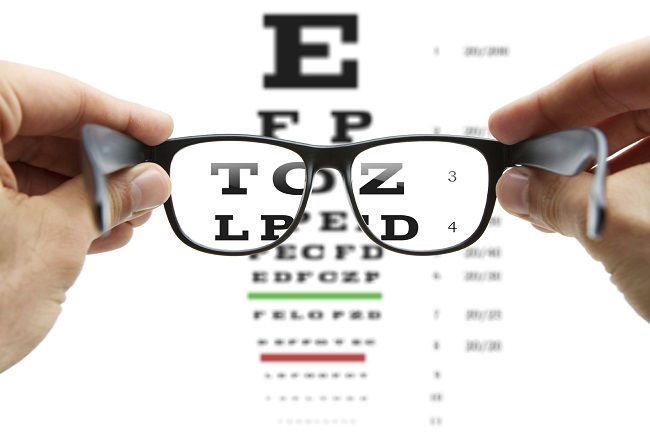Our department of Health, safety and Environment guarantees that all vehicles and equipment comply with the law and quality that is applicable for work and environment. All our vehicles comes attire with tissue papers, front and back safety belts. Fire quencher, medical aid unit, umbrella, burn, toe chain, bounce star links, a risk cautioning triangle, coats with reflectors, equipment to securely change a wheel.
Management responsibilities
Any person in authority in an exploration program or company should be aware of the laws and regulations that cover occupational health and safety. In addition to these minimum standards, our company needs to appraise extra precautions consistent with the risks associated with any particular activities, however where client requires a higher standard, that must be included as part of the agreement with the client.
- Drivers medical checkup
- Eye test
- Defensive driving course
- Training
- Valid Driving License
- Social security
- EOBI
- Accidental Insurance
- Drivers Selection and training
- Valid Driving License


Saftey Equipment
Seat-Belts for all passengers conveyed, front and back. Safety belts ought to be of the three point Inertial Reel sort.
Modern Electronic Anti Skid Braking Systems (ABS) come under many brand names and with varied specifications, however the provision of some sort of manufacturer supplied ABS is a requirement.
Vehicles are equipped with both front and side Air bags (SABs). Frontal air bags have been standard equipment in all passenger cars. Our professional drivers should be aware that airbags present a risk when carrying small children in the front seat and therefore children must always be carried in the back seats.
Head restraints are vital safety feature to avoid whiplash or similar injury to the cervical vertebrae in in back effect crash. Head rests can effectively support the head and the neck thereby preventing hyperextension.
License
All type of drivers must have a driving license fitting to the kind of vehicle they are driving and operation supervisors should ensure that the details of every driver's license are recorded and accessible for investigation. For temporary worker drivers Operation Managers must guarantee that comparative arrangements are set up with their Contractors.


Training
Prior to start their responsibilities, including driving all Category drivers should sustain an induction program performed by a skilled person. During 6 months of commencing their driving duties all Category drivers must undertake a protective Driving Program, It is necessary for the management to pay special attention to drivers from their initial stages till full Defensive Driving Training to ensure that the lack of practical training does not result in undue levels of risk disclosure. For existing workers, directors must guarantee that this preparation is attempted within 12 months of the issuance of this standard, with refresher training at a recurrence of not over three years from that point. For contractor drivers Contract of Managers must guarantee that comparative plans are set up
Medical
Subject to the Company’s compliance with all applicable law, all category drivers are considered essentially to receive medical assessment in relation to their capability to drive safely and a record kept of any relevant results. Company management should have to evaluate the essential requirements for ongoing assessment of all Categories. In addition Category A, B, and C Drivers, should undertake regular medical assessment as follows, unless there more periodic legislative requirement.Where not instruct by law, the scope of this medical assessment should be accepted by a Company approved medical practitioner. If, according to the medical practitioner, the driver is not able to continue, he will be lead under the Company’s sickness strategy, under which the Company endeavor alternative work for him, failing which his employment may have to be terminated.
